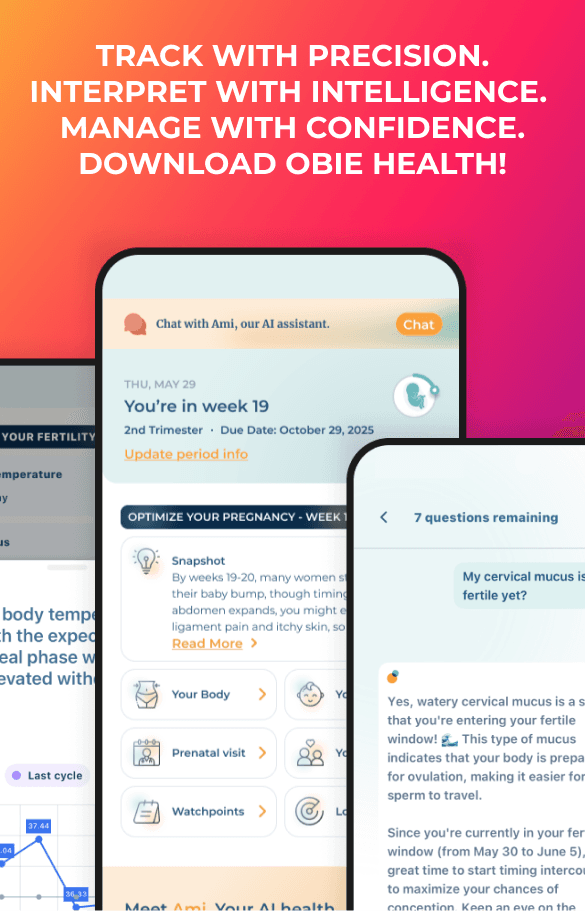Should Newborn Screening Protocols Include Genome Sequencing?
Women's Health News
Obie Editorial Team
The human genome reads like a blueprint of all the genetic material a person inherits from his or her parents. All the genetic material from the mother is transferred by the egg and all the father's genetic material comes in the sperm. When egg and sperm unite, the unique blend of genetic material that results is carried forward in the DNA of every cell in the body of the baby throughout its lifetime.
Each person's genome consists of just four DNA nucleotides represented by the letters A, C, G, and T:
- Adenine
- Cytosine
- Guanine
- Thymine
These four nucleotides are paired up in so many links and sequences that the four nucleotides are represented more than 3 billion times. It's the way these DNA nucleotides are paired up and clustered that makes each person unique from all others.
Modern science has discovered ways to read the entire human genome, including what diseases a person is at risk of developing in childhood and as an adult. This knowledge can be beneficial when a person knows the risks ahead and chooses a life of prevention or risk minimization. One such example is choosing preventive mastectomy when genetic testing reveals a hereditary propensity for breast cancer.
Researchers at McGill University in Montreal, Canada, question the value of including genome sequencing to the standard regimen of tests given to newborn babies. Sixty nations require a standard battery of tests be conducted moments after a baby is born. The research team asks if it's time to add genetic screening to the list.
Whole-genome screening (WGS) would identify far more risks than the current screening protocol but it could go too far. If a child grows up knowing a dreaded disease is likely to cause debilitation and early death, does the emotional strain of knowing become too much to bear? What if the secrets of paternity are revealed?
The McGill researchers shared their questions in a commentary published recently in the journal, Science Translational Medicine. Others areas of concern mentioned in the commentary include:
- How to relay the info to parents untrained in human genetics.
- Should only childhood risks be revealed?
- If so, when should adult risks be revealed and to whom?
- Does the medical community understand how to interpret and deal with WGS results?
- What happens when never-before-seen gene variants are revealed?
- How, when, and by whom is a child to be treated for conditions revealed in WGS?
- How will WGS data be stored?
- How will medical insurance providers use the information?
The researchers suggest that all discussion of adding WGS to newborn screening protocols keep the best interest of the child as a top priority. Another top priority recommended is how to educate medical personnel, insurance providers, parents, schools, governments, and all parties involved in the well-being and welfare of children.
Source: Knoppers, Bartha M., et al. "Whole-Genome Sequencing in Newborn Screening Programs." Science Translational Medicine. American Association for the Advancement of Science. Mar 26, 2014. Web. Apr 11, 2014.









